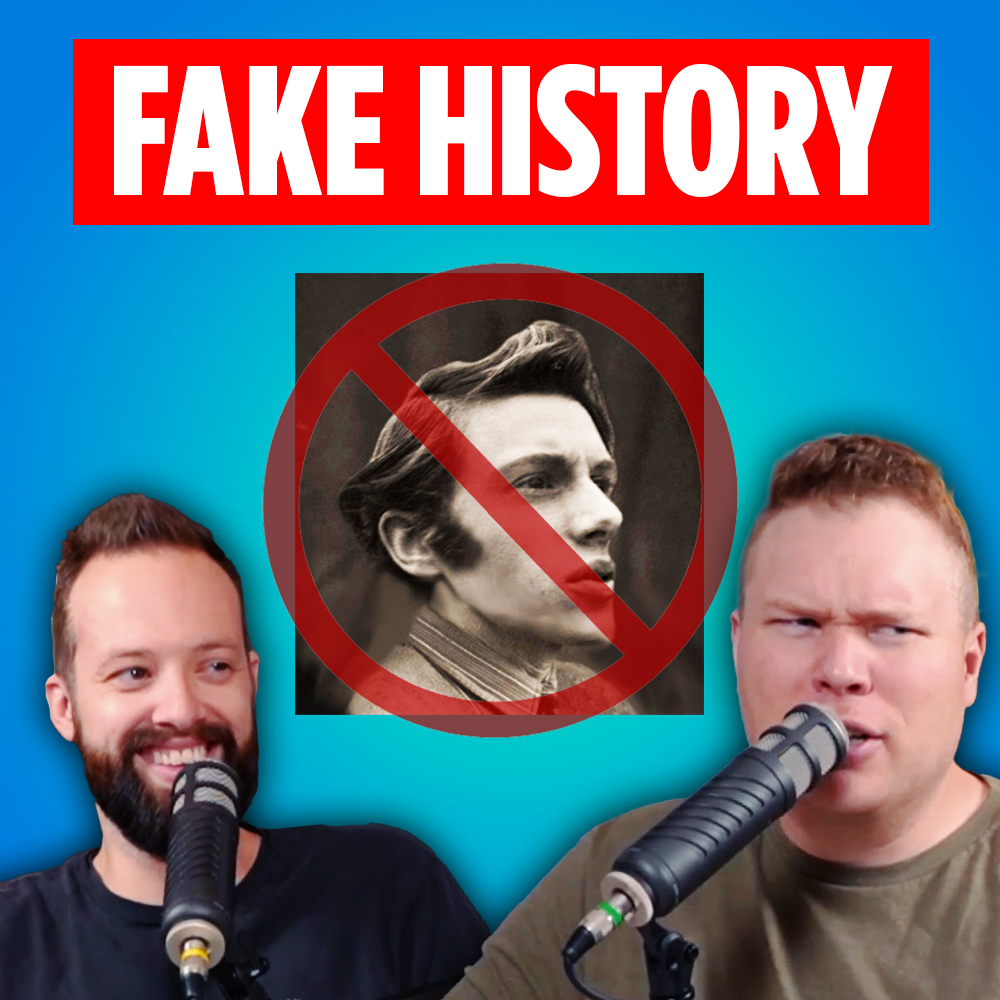History can sometimes be tricky to unravel. One example is the story of Alan MacMasters, who was often named the inventor of the electric toaster. But did he really invent it, or is it a case of circular reporting? Let’s explore this fascinating example of how myths can take root in history.
Who Was Alan MacMasters?
Alan MacMasters is widely mentioned as the inventor of the electric toaster. In the late 1800s, MacMasters supposedly created a device that toasted bread using electricity. The idea was groundbreaking, and it’s easy to see why people were drawn to the story. But here’s the twist—some historians question whether MacMasters even existed or if his story is true. The information about him seems to come from unverified sources that cite each other, which is where circular reporting comes in.
What Is Circular Reporting?
Circular reporting happens when information appears reliable but comes from multiple sources that all trace back to the same unconfirmed origin. Imagine one article says something that isn’t true, but other articles repeat it. Over time, the false information gets repeated so much that it feels like fact. This seems to be what happened with Alan MacMasters. His story may have spread through circular reporting, leading to confusion about the actual inventor of the electric toaster.
Why Does Circular Reporting Matter?
Circular reporting can turn myths into “facts.” Alan MacMasters is one of many examples. When circular reporting takes hold, people may start believing in things without questioning their origins. In the digital age, this issue is even more important. Information spreads quickly, and accepting stories without checking their sources is easy. Recognizing circular reporting helps us stay critical and informed.
How to Spot Circular Reporting
There are a few ways to recognize circular reporting. First, check if the information is repeated across multiple sources without evidence. If each source points back to one unverified source, it signifies circular reporting. Look for direct evidence or original documents that support the information. By spotting circular reporting, we can better separate fact from myth.
Conclusion
Alan MacMasters and circular reporting teach us an important lesson about information. Not everything we read is accurate, and it’s always worth investigating further. Whether or not MacMasters invented the electric toaster, his story reminds us to think critically and look deeper. In a world full of information, being aware of circular reporting can help us get closer to the truth.
Things I Learned Last Night is an educational comedy podcast where best friends Jaron Myers and Tim Stone talk about random topics and have fun all along the way. If you like learning and laughing a lot while you do, you’ll love TILLN. Watch or listen to this episode right now!
Sources
Related Episodes
Tell Us What You Think of This Content!
Don’t forget to share it with your friends!

